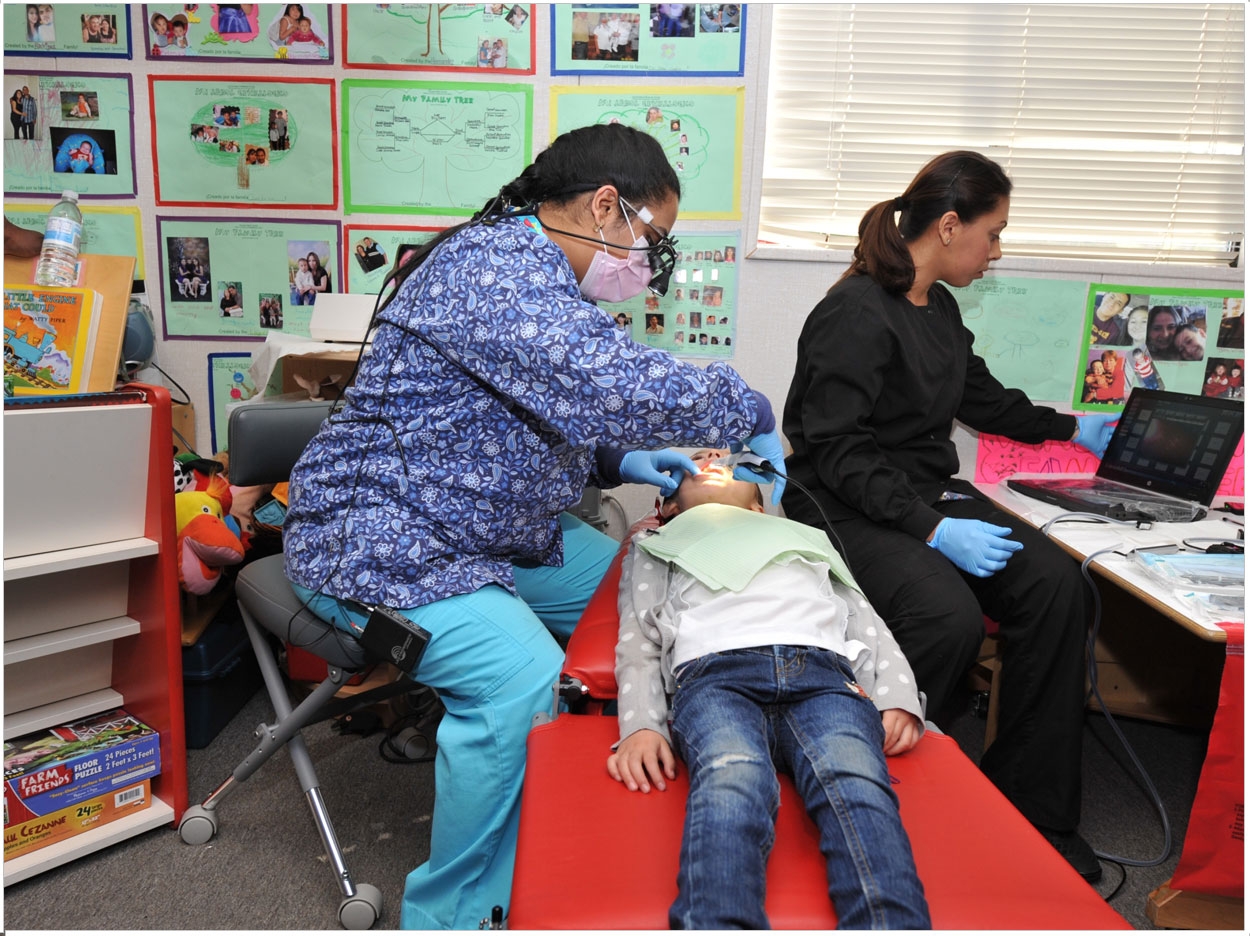
To reach underserved populations, virtual dental homes (VDHs) connect dentists electronically to trained, remote personnel who provide care. Dentists then review the personnel’s findings and recommend treatment. VDHs have been approved for operation in California, and the California Dental Association (CDA) recommends several practices for dentists who may participate in them.
First, the CDA says dentists should know the team they will be working with before they enter any agreement. Teams may include registered dental assistants in extended function, registered dental hygienists, or registered dental hygienists in alternative practice. Also, dentists should ensure that these employees are skilled and licensed individuals with similar treatment philosophies to theirs. Dentists should work with these personnel in person before they work with them remotely as well.
Second, the VDH must have appropriate dental equipment for the services offered and abide by California Occupational Safety and Health Administration standards. VDHs often use portable gear that can be set up in minutes. It may include a digital x-ray machine, a laptop, and other tools necessary for diagnostic and preventative procedures such as fluoride varnishes, cleanings, scalings, replanings, prophys, sealants, and even interim therapeutic restorations.
Third, dentists should establish clear parameters for their working arrangements. They also probably should speak with a labor attorney familiar with dental practices and with the VDH delivery model. At a minimum, the arrangement should address:
- Methods, timeliness, and expectations for communication;
- Quality assurance requirements;
- Equipment (ownership, maintenance, property insurance);
- Use of electronic records systems and documentation expectations;
- Radiographic protocols;
- Emergency management;
- Compensation methods.
The Dentists Insurance Company (TDIC) also notes that team members who are employed in remote settings are held to the same requirements and regulations as team members who work in the main office. This includes adding the auxiliary to payroll reporting for workers’ compensation insurance. Additionally, professional liability policies may extend to auxiliary staff, subject to policy provisions.
The TDIC further says that dentists and dental team members are subject to the same standard of care regardless of the setting. Informed consent, record collection, diagnosis, care, documentation, referral, and follow-up all are essential to the VHD too.
Related Articles
Virtual Dental Homes Improve Care and Cut Costs
Emergency Room Visits on the Rise for Dental Patients
ADA Publishes Paper on Ethics at Charity Events



